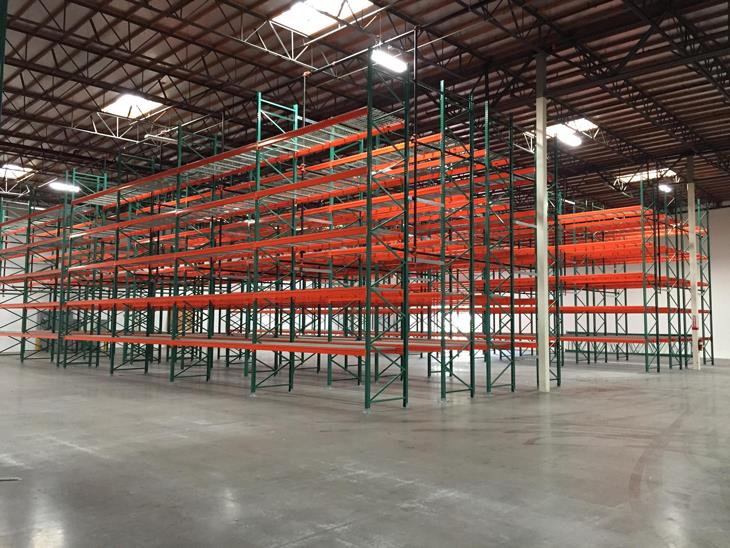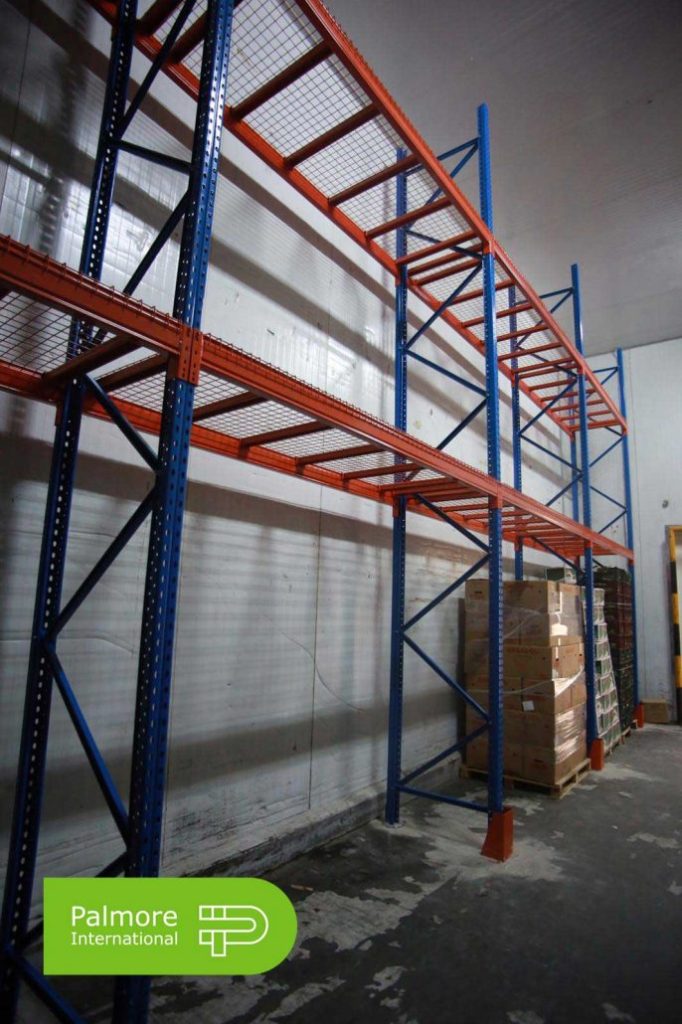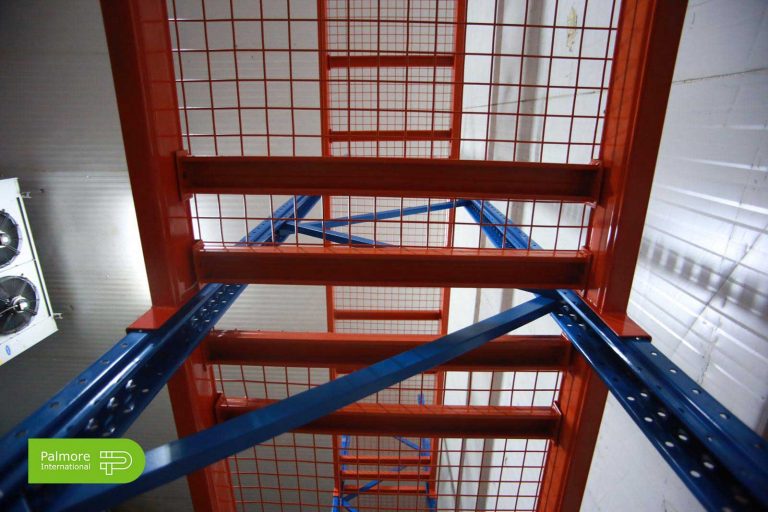
A Warehouse Racking System: What Should You Look for?

Exactly what is a Warehouse Racking System (WRS)?
Warehouse racking, also known as storage or pallet racking, is a form of material handling system used to store items in bulk on skids or pallets. As a consequence, it maximizes available space while also making stacked goods simpler to access for better inventory management. When storage space is limited, manufacturers use racks for mass storage of mostly non-perishable products. Palletized products are generally piled no more than three layers high before they become dangerous and prone to collapse. A racking system allows the producer to store palletized products up to five to seven stacks high, depending on the available height.
When it comes to raw materials and parts as well as finished goods handling, racking systems are used. There are several ways to build selective racking so that you can access as many items as possible, while still having plenty of alternatives. Inventory control methods such as First In, First Out are also used in certain distribution networks. In the warehouse, a racking system allows for easy access to the oldest items, allowing them to be unloaded first.
Benefits of Using a Storage Rack
In addition to maximizing storage space, warehouse racking offers a number of additional advantages. Additional storage space and less labor effort can all be measured in terms of economic value or savings. Other value-adding aspects, like as safety requirements and quality management, do not automatically convert into savings. The advantages of a warehouse racking system are listed below.
The most efficient use of storage space: Racking, as previously noted, makes use of vertical space that might otherwise go unused. Racking warehouses are designed with high ceilings to accommodate racks with taller bays. Organize your inventory with ease: racks can be quickly accessed. A vast floor area would be required for stockpiling to be feasible. It is possible to store various items in the same area by using a racking system known as selective racking.
Are you looking for the best rack system? Choose the best rack system by taking into account the following factors:
Uses and designs of warehouse racks for pallets vary widely. Because no two racking systems are exactly the same, a system designed for a similar building construction or product type may not be the best choice for your company. As a result, each warehouse has a unique set of requirements. Choosing the right racking system will allow you to make the most of your space without interfering with your operations.
Warehouse racking systems appear to be simple products that have standard structures, but it is very different in practice.
Some key features to consider when choosing industrial rackings are:
A specialist technical team must carry out structural calculations, load and resistance studies, and seismic calculations on the most complex storage systems.
For racking of the highest quality, you should ensure that all elements of the structure are manufactured using a reliable production process: there needs to be an automated manufacturing process coupled with control, traceability and quality monitoring.
Raw materials are the basis of the racking: using steel of the highest quality standards will ensure a more secure and reliable system.
Comply with international and local regulations for industrial racking. in both the manufacture and design of industrial racking, all global and specific quality regulations must be followed.
For the racking elements to be certified for reliability, all the above key components will need to undergo field tests and simulations.
Some of the racking systems:
Selective Racking System
Selective pallet racks are the most common in the warehouse storage and pallet rack business. They are an excellent alternative due to their low-cost design and ability to adjust sizes and accessories for your warehouse storage application. They allow you to store or unload pallets swiftly and efficiently when used in combination with a pallet racking system. Pallet rack systems can help you maximize warehouse floor space while improving worker efficiency. Learn more about pallet rack systems by clicking here. This racking system is great for convenient storage of any products that require quick access.

Drive-in racking system
The drive-in racking system allows for high-density product storage in your warehouse. It eliminates aisles in a warehouse and is ideal for storing huge quantities of identical items in a little amount of space. They are designed to store large quantities of identical products, with each bay or rack having the same entrance and departure point. The drive-in rack systems are forklift accessible and allow you to store a high number of items in a small amount of space. The elimination of aisles in a warehouse allows for the storage of huge quantities of identical items in a limited amount of space.

